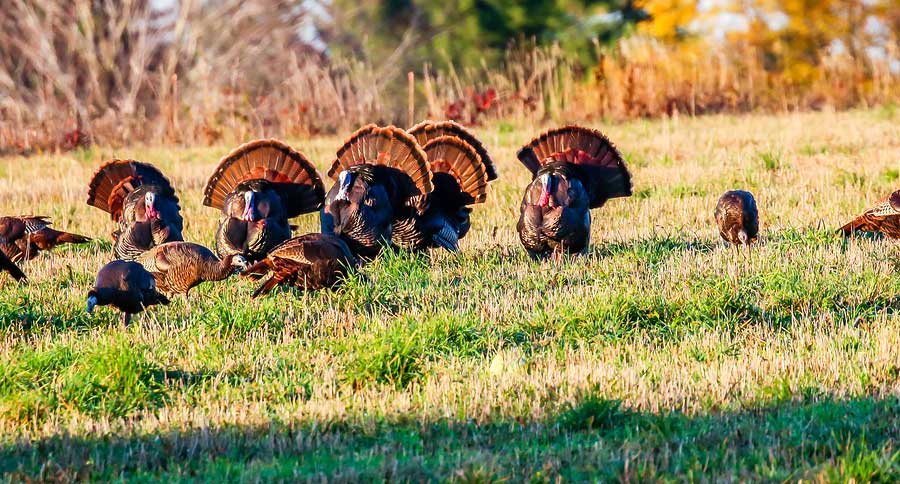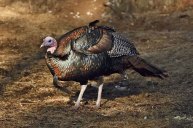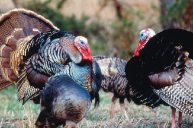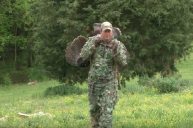The science behind finding your Tom this spring.
We've all had it happen. The Toms seemed to be everywhere, gobbling at everything. The next day or week, there's nothing. Everything is quiet and nothing is responding to your calls. Hopefully that doesn't happen during your hunting season. There may be many factors contributing to this silent treatment.
Weather
If you have hunted even for a short time, you know that weather changes everything. Turkey are no exception. Gobbling is effected greatly by wind speed, but not by direction. If the wind is over six miles per hour, gobbling activity will drop off and will almost stop once it reaches over 12. If you are hunting or scouting in high wind areas, look for valleys and ravines where there is some protection from the wind. Open fields are also an option.
Temperature plays a role in gobbling activity. Research from the NWTF the gobbling sweet spot is between 60 and 69 degrees. Once the mercury rises beyond that birds get quiet. The only solution I have to this is to keep hammering on. Call less, pray that you did enough scouting, and have your birds patterned well.
Barometric pressure might have the largest impacted on turkey vocalizations. The peak of gobbling activity is in the 29.9 to 30.2 inches range. When rain and storms roll in and the pressure drops (specifically below 29.7), turkeys clam up. We all know that hunting in the rain isn't as big of a disadvantage as it sounds. Call less and spend the money on a pop up blind to stay dry. If you're scouting and not hunting grab your optics and glass open fields.
If you live in a state that you have to pick a season. For example, in Michigan I have the choice between three time frames. It is completely worth looking and basing your decision off of weather conditions.
Hunting Pressure
Surprisingly, according to research hunting pressure doesn't impact gobbling. It definitely effects behavior but not gobbling. So if you're not hearing gobbling and the weather doesn't seem to be a deciding factor something else might be going on. I would move, head in the direction of water early in the morning or feeding areas if it is later.
Biology and Nesting
I'll just put this out there, there is just one peak gobbling period. Originally it was thought that there were two. One during flock break up and second during the start of nesting. That is not the case. Worse yet there does not seem to coincide with anything or readily identifiable. Weather and population can influence this peak and shift the time; the main reasons behind the activity seems to be linked to some form of magic. So put some boots on the ground and get out there.
NEXT: MICHIGAN DNR AWARDS $100,000 IN DEER HABITAT IMPROVEMENTS




